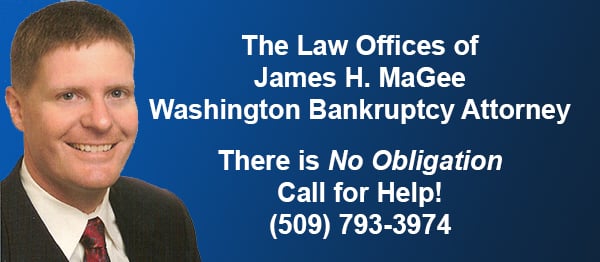Short sales and tax consequences, part 4 of 7
In this post, we will review definitions of Discharge of Indebtedness Income vs. taxable debt forgiveness income. Note that the tax consequences of foreclosure or “short sale” of a commercial or rental property will likely be much different than I will cover in this article. In this series, we are focusing on your primary residence.
You could be facing foreclosure or short sale nearly anywhere in Western Washington. Wherever you live in the state, we can help you to become aware of and informed about the potential tax consequences of a “short sale” or foreclosure.
As discussed before, the $250,000 capital gains exclusion plays a large role in whether you have taxable income on your personal residence post short sale or foreclosure.
Note that this analysis is limited to your personal residence in which you have lived for at least two years. Properties that you received as a gift or inheritance can have a different result as well, so always consult your qualified tax professional in any distress sale situation.
The National Consumer Law Center’s publication “Foreclosure Prevention Counseling”, 2009 edition, available for $60.00 at www.consumerlaw.org, covers these topics in Chapter 9, pages 147-152.
Please note that the Discharge of Indebtedness Income is not necessarily always the same as taxable debt forgiveness income.
What do we mean by “Discharge of Indebtedness Income”? The IRS considers that a taxpayer has income from discharge of indebtedness when a lender forgives some or all of a debt. If the obligation to repay a debt is forgiven, then the government looks to see if that borrowed money now constitutes income to the borrower and, if so, how much. That income is taxable like any other income the homeowner receives. Nevertheless, as described in posts five, six and seven of this blog post series, there are a number of exceptions that may mean that discharge of indebtedness may produce no taxable income at all.
Let’s review three situations in which tax might be due, but rarely result in any taxable income.
First, if there is a foreclosure and the homeowner is not liable for the deficiency, that forgiveness of the deficiency is a discharge of indebtedness income.
Second, another example is a short sale where the house sells for less than the debt and where the lender has agreed to forego any deficiency.
Third, if a loan modification is made in which the lender forgave the principal of the debt or wrote the debt down. The amount of forgiven debt would also be discharge of indebtedness income.
Note that discharge of indebtedness income is very different and distinct from capital gains income. The example that follows below is from an earlier blog post (the third of this seven part series) to help illustrate difference. Please note that it is possible for a short sale to result in both a capital gain and also a discharge of indebtedness situation. Each of (1) capital gains and (2) discharge of indebtedness must be analyzed separately and independently.
Example: A single person completing short sale-illustration of development of capital gain and discharge of indebtedness income
- $50,000 original purchase price of principal residence many years ago (no funds expended on improvements during ownership so as to increase basis)
- $210,000 amount on mortgage after many rounds of refinancing to “pull out equity”
- -$150,000 less: short sale price when homeowner falls into financial distress
- $60,000 indebtedness not paid due to short sale
- $100,000 capital gain ($150,000 short sale price – $50,000 acquisition price = $100,000)
- $60,000 Discharge of Indebtedness Income (but Debtor may not have to pay tax on the $60,000 amount. In later blog posts in this series, we will work through defining and differentiating Discharge of Indebtedness Income vs. taxable debt forgiveness income)
- $100,000 capital gain. No taxes are due because the capital gains exclusion is $250,000 for a single person on a principal residence.
OK, so our stressed out example short sale debtor above is off the hook for capital gains tax! But will he/she escape income tax on the $60,000 discharge of indebtedness income tax? I will discuss this situation further in future posts on this topic.


